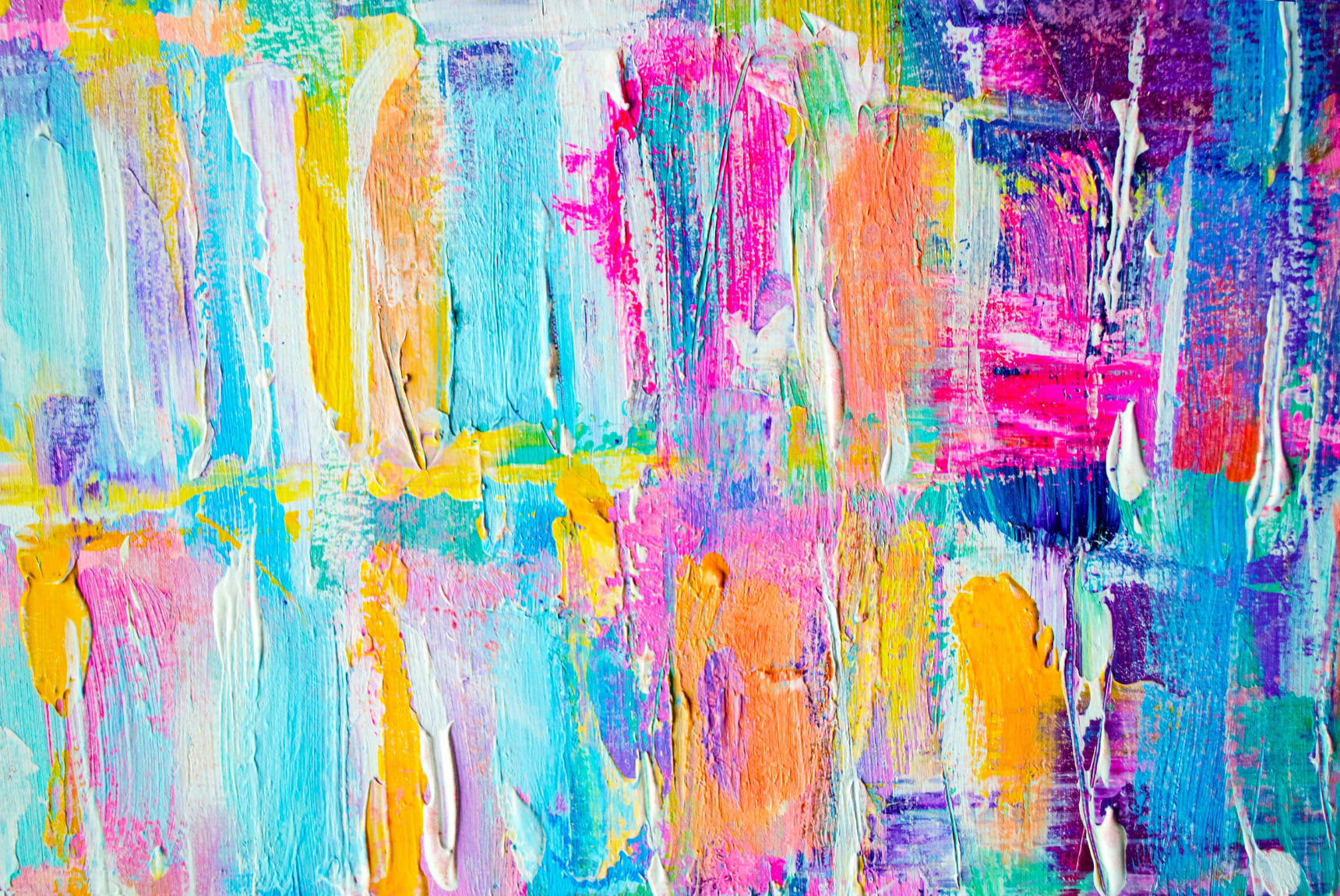he intersection of artificial intelligence (AI) and art has opened up new possibilities for artists. By collaborating with AI, artists can push the boundaries of creativity and produce original and authentic artworks. This article explores how to effectively collaborate with AI to improve your artistic practice and create innovative pieces.
Understanding AI in Art
What is AI-Generated Art?
AI-generated art involves using machine learning algorithms and neural networks to create images, animations, and other artistic works. These algorithms are trained on vast datasets of existing art and can generate new pieces based on learned patterns and styles.
Why Collaborate with AI?
Collaborating with AI allows artists to:
- Expand Creative Horizons: AI can generate ideas and patterns that artists might not think of, inspiring new directions in their work.
- Increase Efficiency: AI tools can automate repetitive tasks, freeing up time for more creative pursuits.
- Experiment with Styles: Artists can use AI to experiment with different styles and techniques without extensive manual effort.
Steps to Collaborate with AI in Art
Choose the Right AI Tools
Selecting the appropriate AI tools is crucial for a successful collaboration. Here are some popular options:
- DeepArt: Uses neural networks to transform photos into artworks based on the styles of famous artists.
- Runway ML: Offers various AI tools for image generation, style transfer…
- Artbreeder: Allows users to create new images by blending and evolving existing ones using AI.
Understand the AI’s Capabilities and Limitations
Before diving into collaboration, it's important to understand what AI can and cannot do:
- Capabilities: AI can generate patterns, textures and styles, suggest compositions and automate certain creative processes.
- Limitations: AI lacks the emotional depth and personal experiences that inform human creativity. It can replicate styles but may struggle with truly original concepts without human input.
Define Your Artistic Vision
Clarify your artistic vision and how you want to incorporate AI into your creative process. Consider the following:
- Goals: What do you hope to achieve by collaborating with AI? Are you looking to generate ideas, improve existing work or explore new styles?
- Integration: How will AI fit into your workflow? Will it be a tool for initial inspiration, a collaborator throughout the process or a means to refine final pieces?
Experiment and Iterate
Collaboration with AI is an iterative process. Experiment with different tools and techniques to find what works best for you:
- Input and Feedback: Provide the AI with input images or parameters, then review the generated results. Offer feedback to guide the AI’s output closer to your vision.
- Refinement: Use digital editing tools to refine and improve AI-generated elements. Combine AI outputs with your manual artistry to create cohesive and authentic pieces.
Blend AI and Human Creativity
he most compelling AI-art collaborations blend the strengths of both AI and human creativity:
- Hybrid Techniques: Combine AI-generated patterns with hand-drawn elements. Use AI for background textures while focusing on detailed foreground elements yourself.
- Personal Touch: Infuse your personal style and emotions into the final piece, ensuring it reflects your unique artistic voice.
Seek Feedback and Iterate
Share your AI-assisted artworks with peers and art communities to gather feedback. Use this input to refine your techniques and improve your collaboration with AI.
Benefits of AI-Art Collaboration
Innovation and Creativity
AI can generate novel ideas and patterns, pushing artists to explore new creative directions and break traditional boundaries.
Efficiency and Productivity
By automating repetitive tasks and generating quick drafts, AI frees up artists to focus on more complex and creative aspects of their work.
Accessibility and Learning
AI tools can democratize art creation, making it accessible to those who might not have traditional artistic skills. Artists can also learn from AI-generated patterns and styles, expanding their own skill set.
Collaborating with AI offers exciting opportunities to create original and authentic artworks. By choosing the right tools, understanding AI's capabilities and blending AI-generated elements with your personal touch, you can push the boundaries of creativity and produce innovative pieces that reflect your unique vision.

